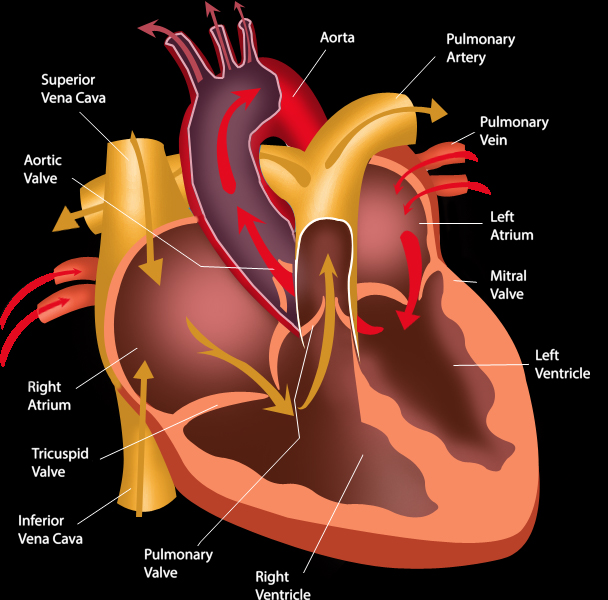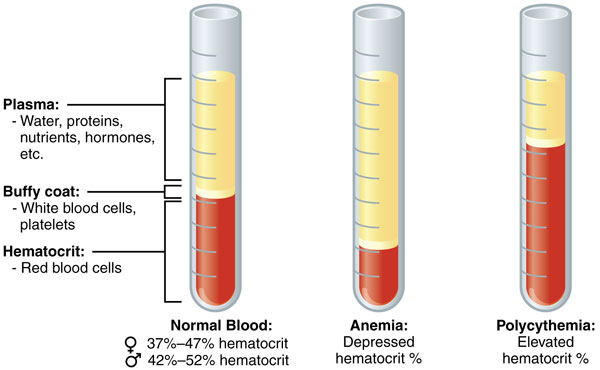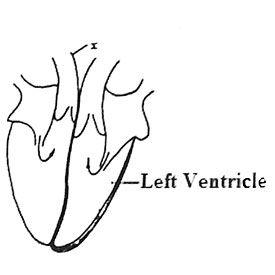The heart pumps blood around the body. The heart has four parts: two upper parts are the auricles and two lower parts are the ventricles.
The auricles are located on the left and right side of the heart. The auricles are also the atrium. The auricles receive blood from the veins then pump the blood to the ventricles.
The ventricles pump the blood into the arteries. The ventricles are located on the left and right side of the heart.

This is the red liquid that flows around the body. An adult human being has about five litres of blood.
Composition of blood
Blood is composed of :

There are two types of blood cells namely:
The Red blood cells contain haemoglobin which makes the blood red. Haemoglobin carries oxygen.

The White blood cells are fewer than red blood cells and are colourless. They fight diseases and defend our bodies against diseases.

Blood vessels are tubes which carry blood around the body. Blood flows in the blood vessels.
These vessels are:
All arteries except the pulmonary artery carry pure blood which is rich in oxygen. This blood is called oxygenated blood. However, the pulmonary artery carries blood which is less rich in oxygen from the heart to the lungs.

Platelets
These are small pieces (fragments) of cells whose function is to help blood to clot when the body is cut or when injured.
Plasma is the liquid part of blood, which is pale yellow in colour.
The heart is made up of:
1. auricles
2. ventricles
3. vessels (aorta, vena cava, valves, pulmonary vein, and pulmonary artery).
Blood that comes from the body to the heart is deoxygenated blood. It gets into the heart through the vena cava (the main vein in the body), into the right auricle. The right auricle pumps this deoxygenated blood into the right ventricle. The auricles and the ventricles are separated by valves, which allow blood to flow in only one direction. They prevent blood from flowing backward. The right ventricle pumps the deoxygenated blood into the lungs through the pulmonary artery. In the lungs, carbon dioxide is removed from the blood and oxygen is added to it. Blood
Standard 7
1. The function of the white blood cells in the human body is to
A. Carry carbon dioxide B. Carry oxygen
C. Clot blood D. Fight germs
2. The ventricles of the human heart are thick-walled because they have to
A. Receive more blood than the auricles
B. Contract more often than the auricles
C. Store more blood than the auricles
D. Produce greater force than the auricles
3. Which one of the following organs is WRONGLY matched with its structure?
A. Eye – Iris. B. Heart – Ventricle
C. Small intestine – Villi C. Ear – Cornea
4. The diagram below shows the heart of a mammal.

The part marked X is the
A. Aorta B. Pulmonary vein
C. Vena cava D. Pulmonary artery
5. When the heart of a mammal contract, blood in the left ventricle is forced put
A. Through the aorta
B. Through the pulmonary artery
C. Through the pulmonary vein
D. Into the left auricle
6. The largest component of blood is
A. Plasma B. Red cells C. White cells D. Platelets
7. The diagram below represents a simplified blood circulatory system.
[resource: 8380, align: left]
Which pair of blood vessels carry oxygenated blood?
A. Q and R B. P and S C. Q and S D. P and R
8. Which one of the following statements is TRUE about the human heart?
A. Walls of auricles are thicker than those of ventricles.
B. Walls of the left ventricle are thicker than those of the right ventricle.
C. Valves prevent the flow of blood.
D. Auricles receive oxygenated blood.